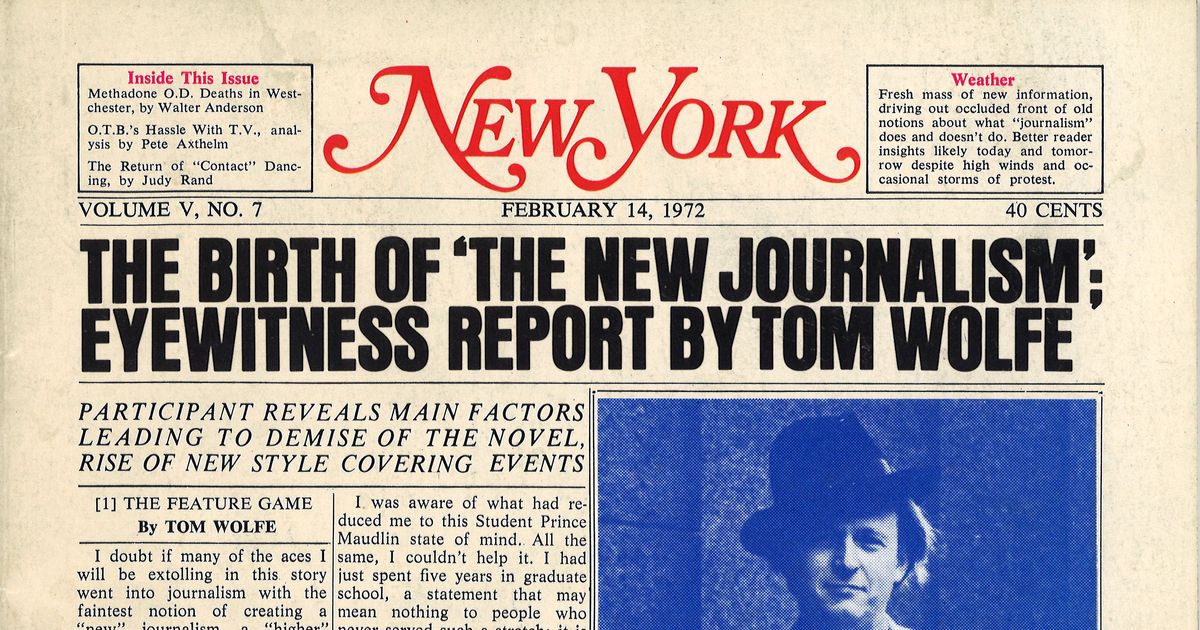The Main Principles Of News Articles
The Main Principles Of News Articles
Blog Article
The Of News Articles
Table of ContentsSome Known Details About News Articles 4 Easy Facts About News Articles ExplainedNot known Incorrect Statements About News Articles Some Known Incorrect Statements About News Articles News Articles Fundamentals Explained
Great knowledge of various subjects offers trainees a competitive side over their peers. Although digital and social networks are readily obtainable, we must not forget just how crucial it is to read the newspapers. Parents have to try and inculcate the habit of reading a paper as a daily routine to proceed the heritage of the revered print tool.Newspaper article likewise have at least one of the complying with vital features loved one to the intended audience: proximity, importance, timeliness, human passion, oddity, or effect. The relevant term journalese is occasionally utilized, typically pejoratively, to describe news-style writing. Another is headlinese. Newspapers normally abide by an expository writing design.
Within these restrictions, information stories likewise aim to be extensive. Among the larger and more recognized papers, justness and balance is a major element in presenting details.
Papers with a global target market, for instance, tend to make use of a much more formal style of composing. The certain choices made by an information electrical outlet's editor or editorial board are usually accumulated in a style overview; common design guides include the and the United States News Design Book. The primary goals of information writing can be summarized by the ABCs of journalism: accuracy, brevity, and quality.
The Ultimate Guide To News Articles
Generally, journalists will not make use of a lengthy word when a brief one will certainly do. They utilize subject-verb-object construction and vibrant, active prose (see Grammar). They supply stories, instances and allegories, and they hardly ever depend on generalizations or abstract ideas. News writers attempt to stay clear of using the same word greater than when in a paragraph (occasionally called an "resemble" or "word mirror").
However, headlines often omit the topic (e.g., "Leaps From Boat, Catches in Wheel") or verb (e.g., "Cat female fortunate"). A subhead (also subhed, sub-headline, subheading, caption, deck or dek) can be either a subservient title under the primary heading, or the heading of a subsection of the post. It is a heading that comes before the main message, or a group of paragraphs of the primary text.

Additional signboards of any of these kinds may show up later on in the post (especially on subsequent pages) to attract more analysis. Such billboards are also used as tips to the post in other sections of the magazine or site, or as advertisements for the item in various other publication or sites. Regular structure with title, lead paragraph (summary in vibrant), various other paragraphs (details) and call details.
Instance of a hard-lead paragraph NASA is suggesting an additional room job. The company's budget plan demand, announced today, included a plan to send out one more objective to the Moon. This moment the company wishes to develop a long-term center as a jumping-off place for other area adventures. The spending plan requests around $10 billion for the job.
An "off-lead" is the second most essential front page information of the day. To "bury the lead" is to begin the short article with history details or details of secondary importance to the readers, compeling them to review even more deeply right into an article than they ought to have to in order to find the crucial factors.
Some Of News Articles
Typical use is that one or 2 sentences each create their very own paragraph. Journalists generally define the company or structure of a newspaper article as an upside down pyramid. The crucial and most helpful site interesting components of a story are placed at the beginning, with sustaining information following in order of decreasing value.
It allows individuals to discover a topic to only the depth that their interest takes them, and without the charge of information or nuances that they could take into consideration unimportant, yet still making that information available to more interested viewers. The upside down pyramid framework likewise enables short articles to be cut to any type of approximate size throughout format, to suit the room offered.
Some writers begin their tales with the "1-2-3 lead", yet there are several kinds of lead available. A twist can refer to several points: The last tale in the news broadcast; a "delighted" story to end the program.
Longer write-ups, such as publication cover articles and the items that lead the within sections of a paper, are known as. Function look here stories vary from straight information in several ways. Foremost is the absence of a straight-news lead, the majority of the moment. As opposed to using the significance of a story up front, attribute writers might try to entice viewers in.
News Articles Can Be Fun For Anyone
The journalist commonly information communications with interview topics, making the item more personal. An attribute's very first paragraphs commonly relate an appealing moment or event, as in an "unscientific lead". From the details of a person or episode, its view quickly expands to abstract principles regarding the tale's topic. The section that signals what a function has to do with is called the or billboard.

The Editor's Tool kit: A Recommendation Overview for Beginners and Professionals (2001) Allan M. Siegal and William G. Connolly. The New York Times Handbook of Design and Usage: The Authorities Style Guide Utilized by the Writers and Editors of the Globe's Many Reliable Newspaper (2002) M. L. Stein, Susan Paterno, and R.
Report this page